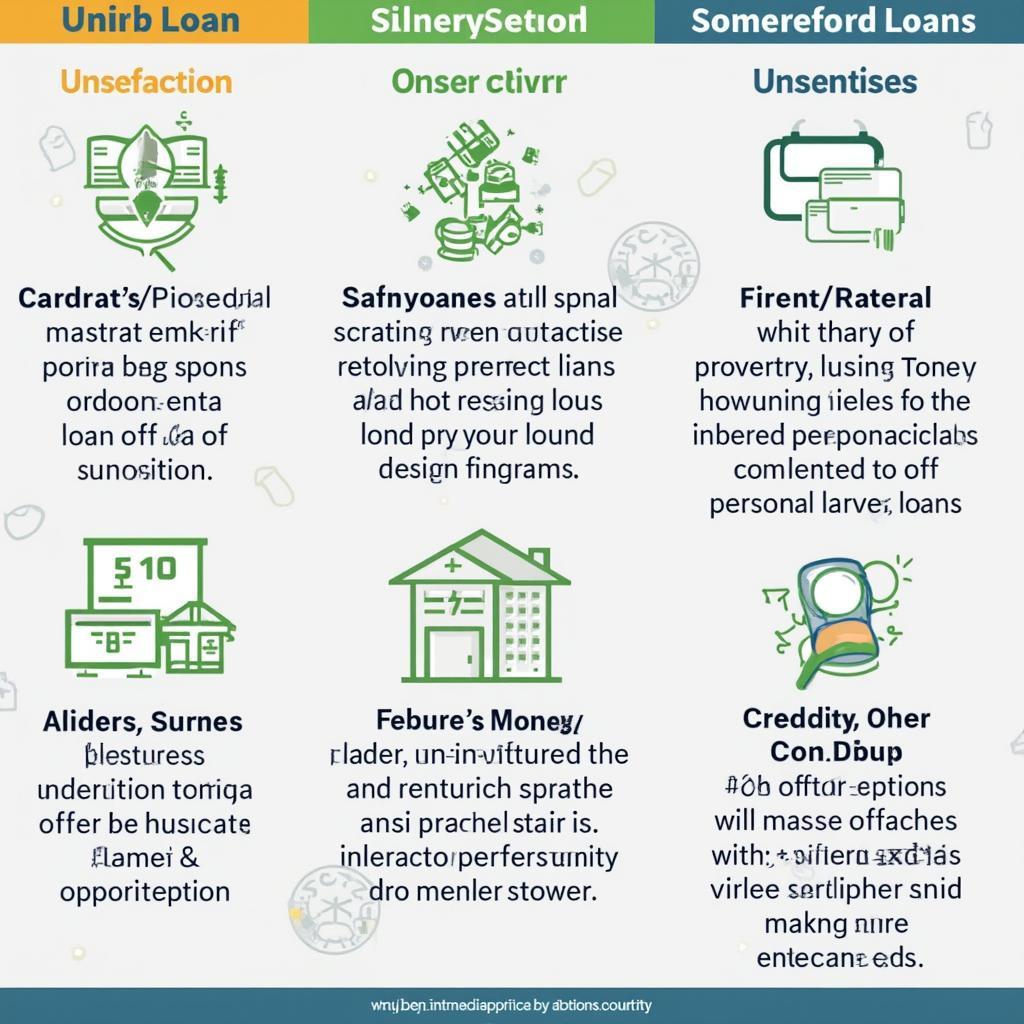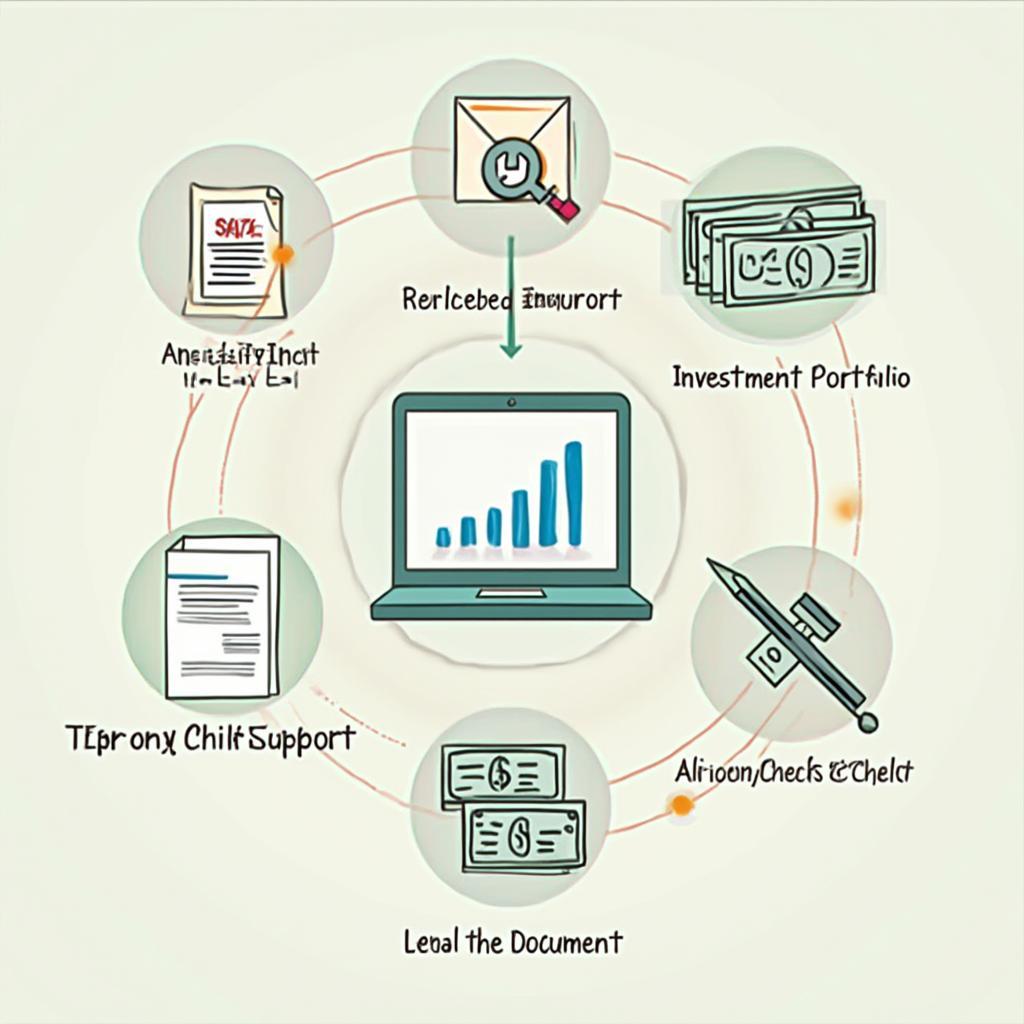Can You Get a Title Loan While Still Making Payments on Your Car?
Getting a title loan while you’re still making payments on your car is a common question, and the answer depends on a few key factors. Understanding these nuances can help you navigate the process and make informed financial decisions.
It’s possible to get a title loan even if you haven’t fully paid off your vehicle, but it’s more complicated than getting one with a clear title. Lenders generally require that you have substantial equity in your car, meaning the car’s value significantly outweighs the remaining loan balance. This equity acts as collateral for the title loan. The lender will also place a lien on your vehicle title, meaning they have a legal claim to it until the title loan is repaid.
Understanding Title Loans and Existing Car Loans
Title loans are secured loans that use your vehicle’s title as collateral. This means the lender holds the title to your car until you repay the loan. If you default on the loan, the lender can repossess and sell your vehicle. Having an existing car loan adds another layer of complexity. Essentially, you’re using an asset that already serves as collateral for another loan to secure a new loan.
How Lenders Assess Your Eligibility with an Existing Car Loan
Lenders typically evaluate several factors when considering your application for a title loan while you have an existing car loan:
- Equity: The lender will assess the difference between your vehicle’s current market value and the outstanding balance on your existing car loan. This difference represents your equity, which is crucial for securing a title loan.
- Loan-to-Value Ratio (LTV): Lenders calculate the LTV by dividing the loan amount by the vehicle’s value. A lower LTV indicates less risk for the lender.
- Credit Score: While not as heavily weighted as equity, your credit score can influence the interest rate and loan terms offered by the lender.
- Income and Employment: Lenders want to ensure you have a stable income to repay the title loan, even with your existing car payments.
Navigating the Process of Obtaining a Title Loan with an Existing Car Loan
The process of obtaining a title loan with an existing car loan can be complex, involving multiple parties and legal considerations:
- Assess Your Equity: Determine the current market value of your car and the remaining balance on your car loan to calculate your equity. Online valuation tools or dealerships can provide estimates of your vehicle’s value.
- Research Lenders: Look for reputable lenders who specialize in title loans with existing liens. Compare their interest rates, loan terms, and fees.
- Communicate with Your Current Car Lender: In some cases, you may need to inform your existing car lender about your intention to take out a title loan. They may have specific requirements or restrictions.
- Gather Necessary Documents: Be prepared to provide proof of income, vehicle registration, and proof of insurance. You will also need to provide documentation related to your existing car loan.
- Review the Loan Agreement Carefully: Before signing any documents, thoroughly understand the terms and conditions, including the interest rate, fees, and repayment schedule.
“Transparency is key when dealing with title loans,” says John Nguyen, a Senior Financial Advisor at HCM City Finance. “Make sure you understand all the terms and potential risks before signing any agreements.”
Potential Risks and Considerations
Title loans, especially when taken out while still owing on your car, carry significant risks:
- Repossession: Defaulting on either your title loan or your original car loan can lead to the repossession of your vehicle.
- High Interest Rates: Title loans often come with high interest rates, which can make them an expensive form of borrowing.
- Cycle of Debt: The short-term nature of title loans can make them difficult to repay, potentially trapping borrowers in a cycle of debt.
“Consider all other options before resorting to a title loan,” advises Lan Tran, a Certified Financial Planner at Hanoi Investment Group. “Explore alternatives like personal loans or credit cards, which may offer more favorable terms.”
Alternatives to Title Loans
If you’re still making payments on your car, explore these alternatives to title loans:
- Personal Loans: what is a caveat loan Offer lower interest rates and more flexible repayment terms.
- Credit Cards: Can be a convenient option for short-term borrowing, especially if you can qualify for a low introductory APR.
- Negotiating with Creditors: Contact your creditors to discuss potential options for adjusting your payment schedule or reducing your debt.
“Exploring alternative solutions can help you avoid the high costs and risks associated with title loans,” adds Mr. Nguyen.
Conclusion
Getting a title loan while still making car payments is possible, but it requires careful consideration. Assess your financial situation, explore alternatives, and understand the potential risks before making a decision. Be sure to compare lenders and thoroughly review loan terms. A title loan can provide quick access to funds, but it’s crucial to approach it with caution and a full understanding of the potential consequences.
FAQ
- Can I get a title loan with a salvage title? Generally, no. Most lenders require a clean title.
- How much can I borrow with a title loan? The amount depends on your car’s value and the lender’s policies.
- How long do I have to repay a title loan? Repayment terms vary, but they are typically short-term, often 30 days.
- What happens if I default on a title loan? The lender can repossess your vehicle.
- Are there any fees associated with title loans? Yes, title loans often come with various fees, such as processing fees and lien fees.
- Can I get a title loan with bad credit? Some lenders specialize in title loans for borrowers with bad credit, but these loans often come with higher interest rates.
- What documents do I need for a title loan? Typically, you need your car title, proof of income, and vehicle registration.




